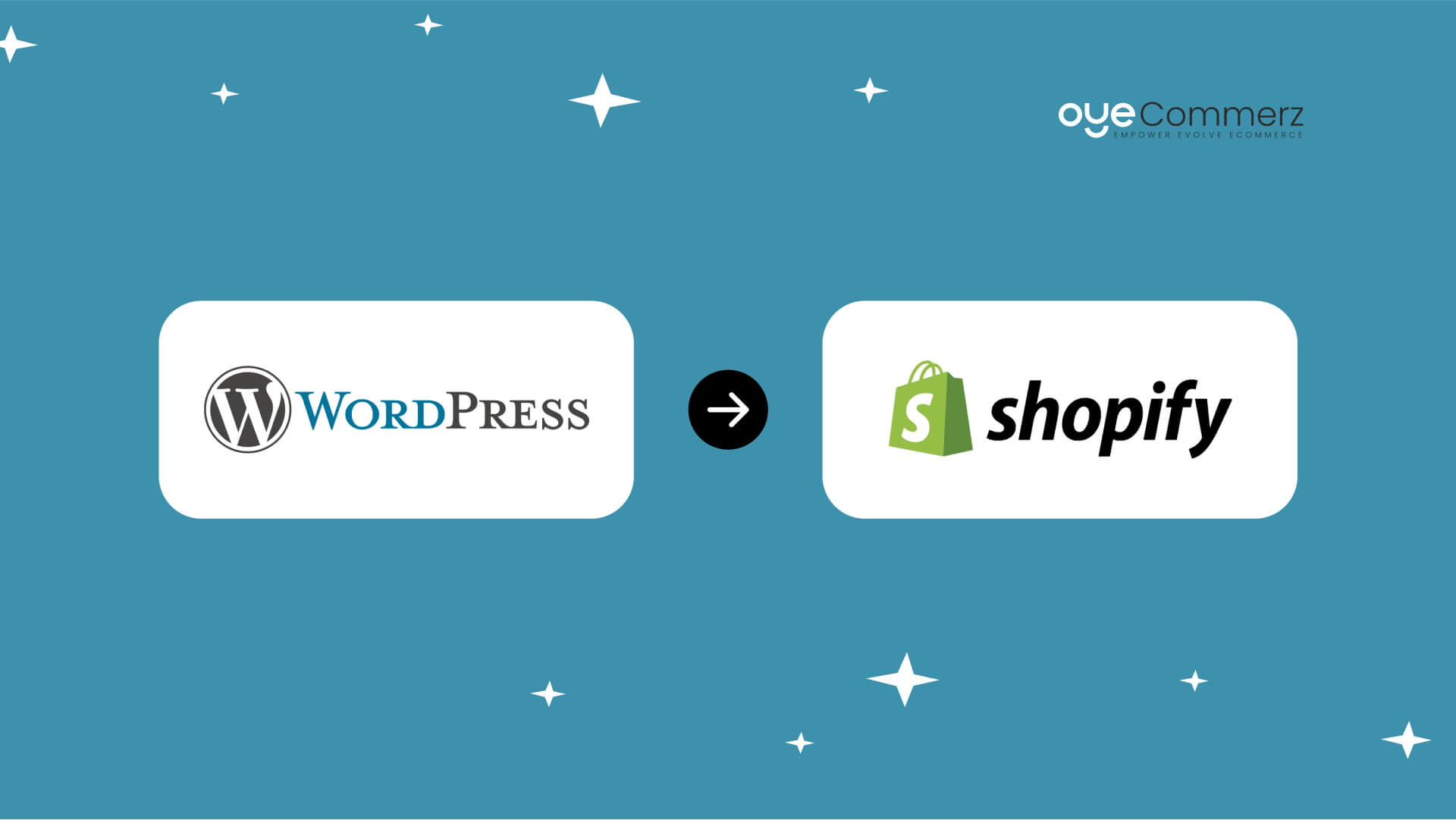The journey of an e-commerce business hinges on its ability to adapt, grow, and provide exceptional customer experiences.
Considering a move from WordPress to Shopify? You’re probably seeking advanced features, better scalability, and a forward-thinking platform.
This guide outlines the essential steps, strategies, and insights to ensure your migration to Shopify is successful and disruption-free.
Why Consider Moving from WordPress to Shopify?
While WordPress offers versatility, its reliance on multiple plugins often creates hurdles for scaling.
Shopify is designed specifically for online retail, offering powerful tools, security, and scalability to fit businesses of any size.
With over 4.5 million e-commerce websites using Shopify globally in 2024, it is a dominant force in the industry.
Migrating to Shopify brings advantages such as streamlined order processing, advanced payment features, and better mobile responsiveness.
This is your detailed plan for a successful migration journey.
Step 1: Assess Your E-Commerce Needs
Start by reviewing your store’s current performance and identifying future needs.
Highlight limitations like slow loading speeds or plugin dependencies that hinder scalability.
With tools like Shopify Payments and flexible themes, Shopify minimizes the need for external plugins.
Step 2: Plan Your Migration Thoroughly
An unorganized migration process may cause disruptions, data mishandling, or extended delays.
Ensure a smooth transition by focusing on key areas like product inventory, customer data, and order history.
Utilize Shopify’s migration features and compatible apps to ensure safe data transfer and minimal disruption.
Step 3: Customize Your Shopify Store
Shopify’s customization options let you design a store that aligns perfectly with your brand.
Select or customize themes from Shopify’s library to improve customer interactions.
Explore themes like “Impulse” and “Prestige” for responsive, feature-rich options.
Shopify Plus offers tailored theme development for businesses seeking unique designs.
Partner with Oyecommerz to design Shopify Plus themes tailored for high-performing online stores.
Step 4: Safeguard Your Search Engine Optimization
Maintaining your SEO settings is crucial to keeping your website visible in search results.
Shopify tools enable redirection of old URLs to new ones, safeguarding existing traffic.
Customize meta tags and integrate Google Analytics to track performance post-migration.
Reports indicate that 70% of websites experience temporary traffic dips post-migration without proper SEO management.
Step 5: Integrate Essential Shopify Apps
The Shopify App Store provides a wide range of applications to improve your store’s capabilities.
Apps like Klaviyo for email marketing and Yotpo for customer reviews can transform your customer engagement strategy.
For more complex requirements, Shopify API integration allows seamless connection with third-party tools.
Let Oyecommerz connect third-party solutions to your Shopify store for smoother operations.
Step 6: Ensure Mobile-Friendliness
With mobile Shopify app ecosystem for WordPress users commerce dominating 60% of sales in 2024, mobile readiness is critical.
Every Shopify theme is built to adapt seamlessly to different screen sizes and devices.
Shopify’s payment options, like Shop Pay, offer a quick and frictionless checkout experience.
Enhance mobile user satisfaction by ensuring fast, intuitive browsing and purchasing.
Step 7: Prepare Your Team for Shopify
While Shopify’s interface is user-friendly, training your team ensures a smoother transition.
Familiarize your employees with Shopify’s dashboard, product management, and reporting functions.
An informed team will help you leverage Shopify to its full potential, streamlining operations.
Step 8: Conduct Thorough Pre-Launch Testing
Run thorough checks on your Shopify store to address potential problems before it goes live.
Verify that product information, inventory, and navigation links are error-free.
Validate payment gateway functionality and test the checkout process on multiple devices.
Testing ensures your store is customer-ready, leaving no room for errors on launch day.
Step 9: Announce Your New Store Boldly
Turn your platform switch into a marketing event to attract attention and retain customers.
Leverage email marketing and social platforms to highlight the advantages of your upgraded store.
Highlight benefits such as better performance and enhanced security to boost customer confidence.
Conclusion: Shopify – The Key to E-Commerce Growth
Migrating from WordPress to Shopify is more than a technical change—it’s a transformative step for your business.
From scalability to intuitive tools, Shopify equips your store to thrive in competitive markets.
From small businesses to large enterprises, Shopify provides tailored solutions for all e-commerce needs.
Partnering with Oyecommerz ensures a smooth migration with minimal disruption WordPress to Shopify migration to your operations.
Our Shopify migration services help unlock your store’s full potential while ensuring a hassle-free experience.
Unlock the future of your business with Shopify—partner with us for a flawless migration experience.
